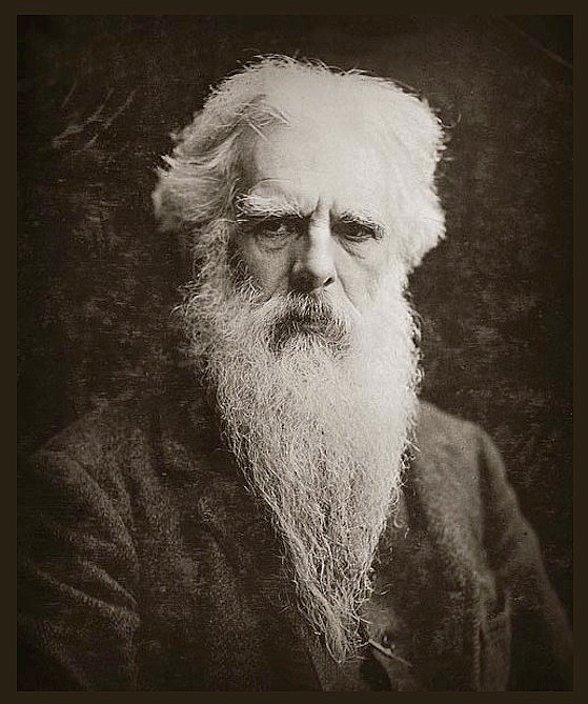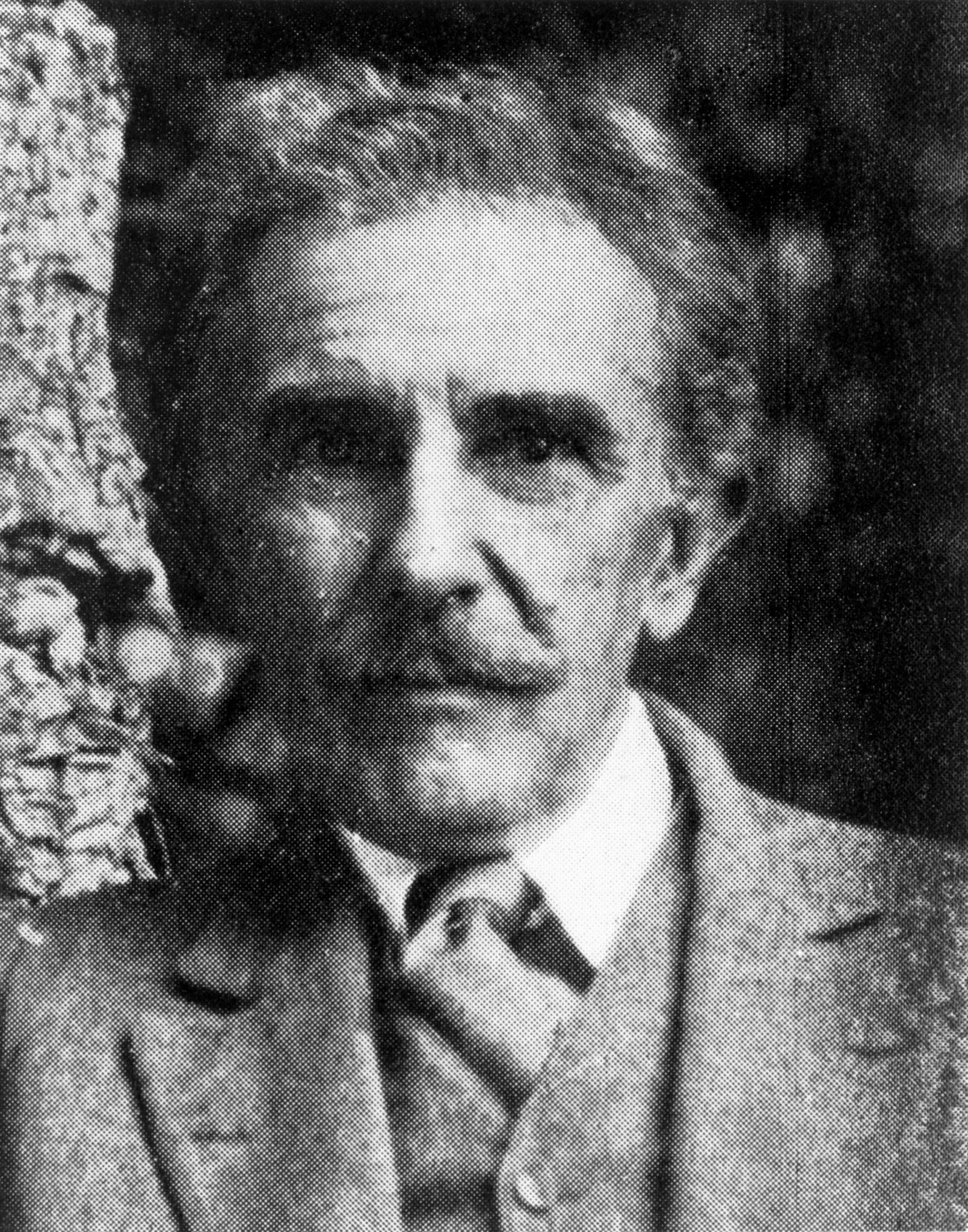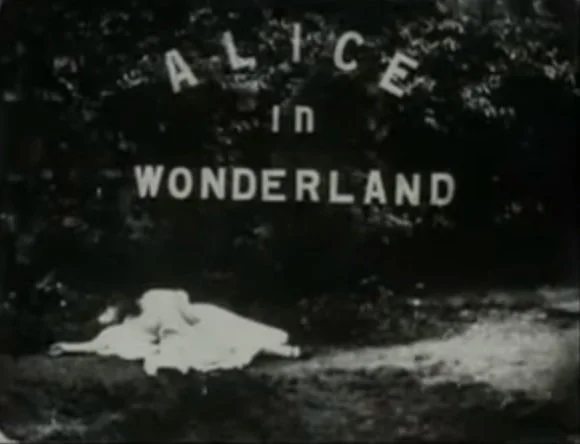History of Motion Graphics
at least in my opinion
There is a “Skip Intro” in almost every streaming platform, but you can’t simply ignore how motion graphics impacted and helped the storytelling and messaging around the globe.
As it flourished, it is vital to see how the root of motion graphics to understand how it is unique to other mediums.
Let’s start with the Capturing Motion
Leland StanfordIn 1872, railroad tycoon and horse breeder, Leland Stanford employed a Muybridge to photograph his horses to prove that a horse takes all four feet off the ground at one point when galloping.
an English photographer
the father of
motion picturesEadweard Muybridge
(Source: wikipedia)1873, Muybridge captured a single photograph of a racehorse, but the result was fuzzy and lacked quality, Leland knew to prove his point further research was needed and decided to provide additional funding. Muybridge promised to explore and study better solutions but due to troubles in his personal life, the study got delayed and took several years to develop.
In 1878, Muybridge set up 12 cameras at Stanford's Farm California, each triggered by the horse's movement via trip wires. Muybridge’s experiment not only captured the horse hooves in the air and proved Leland's point but also got the world’s attention and became a crucial visual development.
Muybridge's The Horse in Motion, 1878 When all frames are viewed simultaneously minus the horse standing, We get a moving image.
The first ever motion captured through the camera.
An animation of the retouched Sallie Garner series (minus the picture of the horse standing still)ZoopraxiscopeMuybridge continued his experiments, but there were many cons and limitations. Firstly, serval cameras were required to capture.
Secondly, artists had to paint over to improve the sharpness because the viewing device at that time Zoopraxiscope a disc projector which was also invented by Muybridge to demonstrate his work, blurred the image in the conversation from negative to circular glass.
There was a need for a single camera to capture motion and a device to view it.
It triggered a global scientific race to capture motion using a single piece of equipment
Between 1889 and 1892 Thomas Edison and William Dickson developed the Kinetograph (a motion picture camera)… and the Kinetoscope (a peep-hole motion picture viewer),
Thomas Edison William Kennedy Dickson Early Kinetograph (a motion picture camera)… Kinetoscope (a peep hole motion picture viewer)and it all started with sneeze!
1894 short, black-and-white, silent film shot by William K.L. Dickson and featuring Fred Ott. It is the oldest surviving motion picture with a copyright.to protect the ownership of tests, Edison started adding in copyright notice in between frames.
Clip taken from 1970 DOCUMENTARY “THE MAN CALLED EDISON” THOMAS EDISON, THE MOTION PICTURE CAMERA & INDUSTRY 45114that’s my friend, is the start of the graphics
-not motion yet, but graphics for motion.
Before you know it, title graphics were added to any short film or experiment, and people were getting incredibly creative with it!
(Image Source: https://silentology.wordpress.com/2019/01/23/the-thoroughly-lost-art-of-the-title-card/)An experiment study of 'Apparent Behavior' and
the introduction of animation into graphics
An experiment by Heider and Simmel showed that people tend to create stories even when observing basic shapes interacting.
Before this theory emerged, motion graphics primarily relied on text to convey a message. This theory empowers designers to use shapes to make their graphics more captivating. It's still relevant today, as shape animation remains a key component of motion graphics.
Between 1940 to 1950 renowned artists like Saul Bass, Maurice Binder, Norman McLaren and various others revolutionised the title graphics industry, Before their time, titles were usually displayed as static single frames captured through a camera. However, these artists broke new ground by introducing animation into the world of graphics.
Thus an era of Motion Graphics started.
It's important not to confuse this with traditional animation films, which involve character-driven storytelling or special effects. Here we are only discussing graphics in motion.
Can we talk about Scanimate
The simple task of switching off the telly made Lee Harrison curious about how the screen shrink, stretched and end up as a dot…. Why is it that?… just deflection circuits are collapsing… with the help of Computer Image Corporation, he took this further and developed Scanimate.
Deflection SwitchesCamera scan the Graphics
Printed GraphicsAnother camera record screenLee HarrisonCompared to traditional cell animation, Scanimate provided a much-needed fast and efficient solution. As the TV industry grew, the popularity of Scanimate rose in parallel. Scanimate was used everywhere from channel identities, to show opening or end graphics, commercials, and everything in between. (even the first scene of Star Wars)
You can’t beat the authenticity and the charm that Scanimate creates.
Fun fact: Terms like plug-ins, ease in and out, Initial and End frame, and changing properties and parameters all can be traced back and originate from Scanimate.
In the early era of computers, there was a significant demand and funding to develop computer graphics, not for entertainment purposes, but to seek solutions for creating blueprints for large projects like airplanes, automobiles, and various others.
Rise of the Computer Graphics
One of the perfect example, In 1959, General Motors Research Laboratories appointed a special research team to investigate the use of computers in designing automobiles. In 1960, IBM joined the project, producing the first commercially available Computer Aided Design program, known as DAC-1.
In 1963, Ivan Sutherland engineered a revolution in computer graphics with his highly-interactive program Sketchpad. It enabled users to design and draw in real time directly on the computer display, using a light pen.
SuperPaint is probably the first digital computer drawing system to use a frame buffer—a special high-speed memory—and the ancestor of all modern paint programs. It could create sophisticated animations, in up to 16.7 million colors, had adjustable paintbrushes, video magnification, and used a graphics tablet for drawing. It was designed by Richard Shoup and others at the Xerox Palo Alto Research Center (PARC).
Even though there was rapid improvement in computer graphics, the industry was more focused on design software for printing purposes only and there wasn’t any motion graphics software which could run on home computers. Scanimate was the dominant force and the top choice for nearly all motion graphics work, from TV channel graphics to news promos, commercials, and computer graphics.
Until….
In January 1993, the Company of Science and Art created After Effects. Later, it was acquired by the Aldus Corporation, which, in turn, was acquired by Adobe in 1994. Adobe's first new release of After Effects was version 3.0."
Era of motion graphics
after aftereffect
Whether you hate it or love it, there are plenty of alternatives to After Effects, but computer graphics and animation software like After Effects have revolutionized the motion graphics world. Its reduced cost and the ease of learning the software enable millions of people across the globe to enter this industry.
As content consumption increased, motion graphics became an essential part of our lives. You can skip the intro, but you can't ignore how motion graphics are a key part of our day-to-day life.
All facts and information above are for educational purposes only. All images showcased are reserved under copyright by their rightful owners. Special Thanks to Oliver Barter for proof reading. If I got any facts wrong, please do correct me by simple email, I don’t bite :).



































